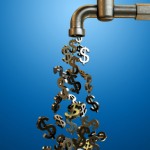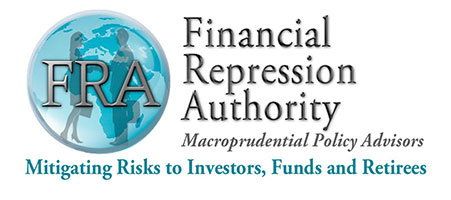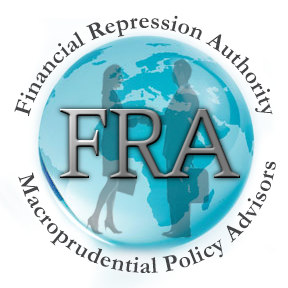
Brian Sack is Director of Global Economics at the D. E. Shaw group. Prior to joining the D. E. Shaw group in 2013, he was an Executive Vice President at the Federal Reserve Bank of New York (FRBNY), where he served as head of the FRBNY’s Markets Group and managed the Federal Reserve’s System Open Market Account portfolio from 2009 to 2012. Below, he reflects on the experience with the Fed’s asset purchase programs and argues that the Fed should maintain a relatively large balance sheet and be willing to deploy it as a policy tool during future downturns.
“In my view, there is a strong chance that the Fed will have to turn to asset purchases again when the next substantial economic downturn occurs, considering that the neutral level of the federal funds rate has fallen notably .. Purchases of Treasuries and agency-backed securities—the primary assets that Congress has so far authorized the Fed to buy—have the advantage of allowing the Fed to affect the market price of interest rate risk without taking on any credit risk. Purchasing a wider set of assets—as do some other central banks—might enable the Fed to have a larger effect on financial conditions and promote faster recoveries. But it would also involve putting more taxpayer money at risk and having an imprint on a wider set of risk premiums in the market. So there is a tradeoff involved that Congress would ultimately have to consider.”




 09/12/2017 - Former Executive VP Federal Reserve Bank Of NY: “Strong Chance The Fed Will Turn To Asset Purchases Again When The Next Substantial Economic Downturn Occurs”
09/12/2017 - Former Executive VP Federal Reserve Bank Of NY: “Strong Chance The Fed Will Turn To Asset Purchases Again When The Next Substantial Economic Downturn Occurs”


